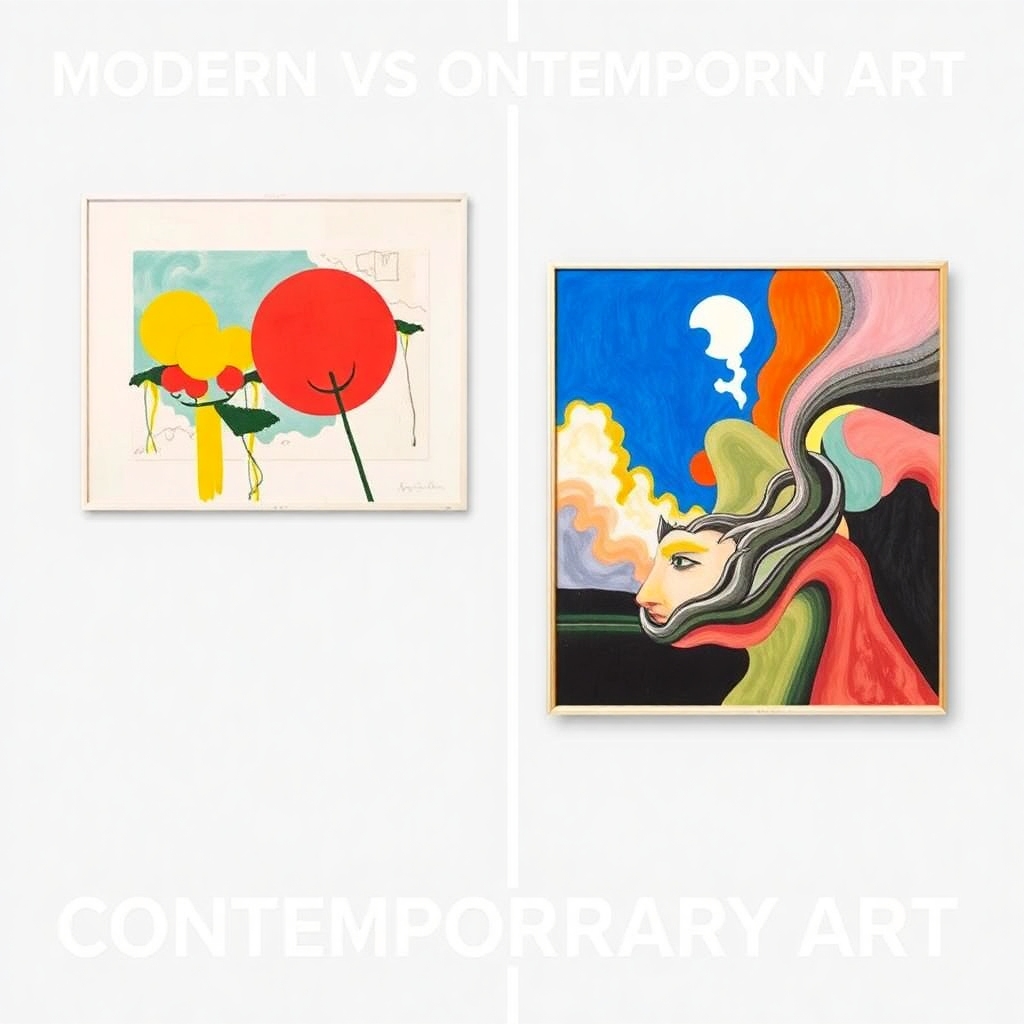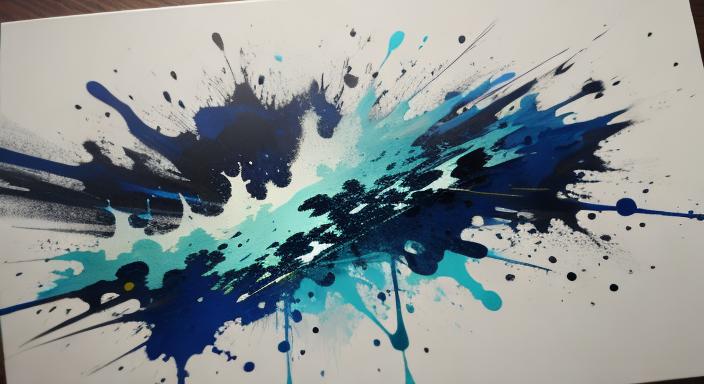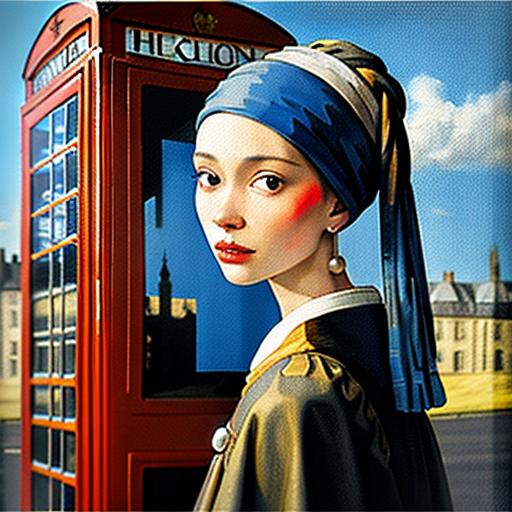What if the art on your wall could whisper secrets about human creativity, cultural shifts, and the wild journey of artistic expression? When you hear “modern vs contemporary art,” do you feel a twinge of confusion or curiosity?
Art isn’t just about pretty pictures hanging in fancy galleries. It’s a vibrant, ongoing conversation about how we see, feel, and understand the world. The distinction between modern and contemporary art is more than just a timeline – it’s a fascinating exploration of human imagination and cultural transformation.
Understanding Modern vs Contemporary Art: A Visual Journey
Let’s crack the code of this artistic mystery by comparing the key characteristics that define modern and contemporary art.
Comparative Analysis of Modern vs Contemporary Art
| Dimension | Modern Art | Contemporary Art |
|---|---|---|
| Time Period | Late 1800s – 1970 | 1970 – Present Day |
| Artistic Approach | Breaking traditional rules | No rules, total freedom |
| Core Philosophy | Personal artistic vision | Global cultural dialogue |
| Key Movements | Cubism, Impressionism, Surrealism | Digital art, Performance art, Global storytelling |
| Technological Engagement | Early mechanical reproduction | Full digital integration |
| Cultural Perspective | Primarily Western-focused | Globally interconnected |
The Modern Art Revolution: Shattering Artistic Boundaries
Modern art burst onto the scene like a creative explosion. Imagine walking into a gallery where paintings suddenly refused to look like reality. Artists like Pablo Picasso didn’t just paint people – they tore them apart and reassembled them in mind-bending geometric shapes.
The legendary art critic Robert Hughes captured this spirit perfectly:
“Modern art shows that creativity isn’t about copying the world—it’s about experiencing it differently.”
Modern Art’s Radical Characteristics:
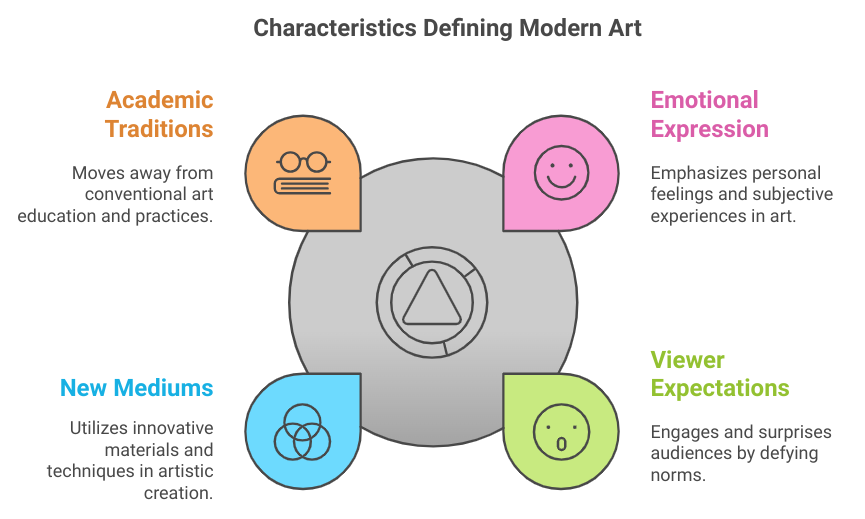
- Rejected realistic representation
- Celebrated individual emotional expression
- Challenged viewer expectations
- Explored new artistic mediums
- Broke free from academic traditions
Contemporary Art: A Global Conversation of Creativity
Fast forward to today’s art scene. Contemporary artists aren’t just making art – they’re starting global conversations. Think Ai Weiwei filling a museum with thousands of handmade porcelain seeds, or Banksy transforming city walls into powerful political statements.
What Makes Contemporary Art Unique:
- Blends multiple artistic disciplines
- Integrates cutting-edge technology
- Addresses social and political issues
- Creates immersive, interactive experiences
- Connects artists across global boundaries
Comparative Exploration: Modern and Contemporary Artists
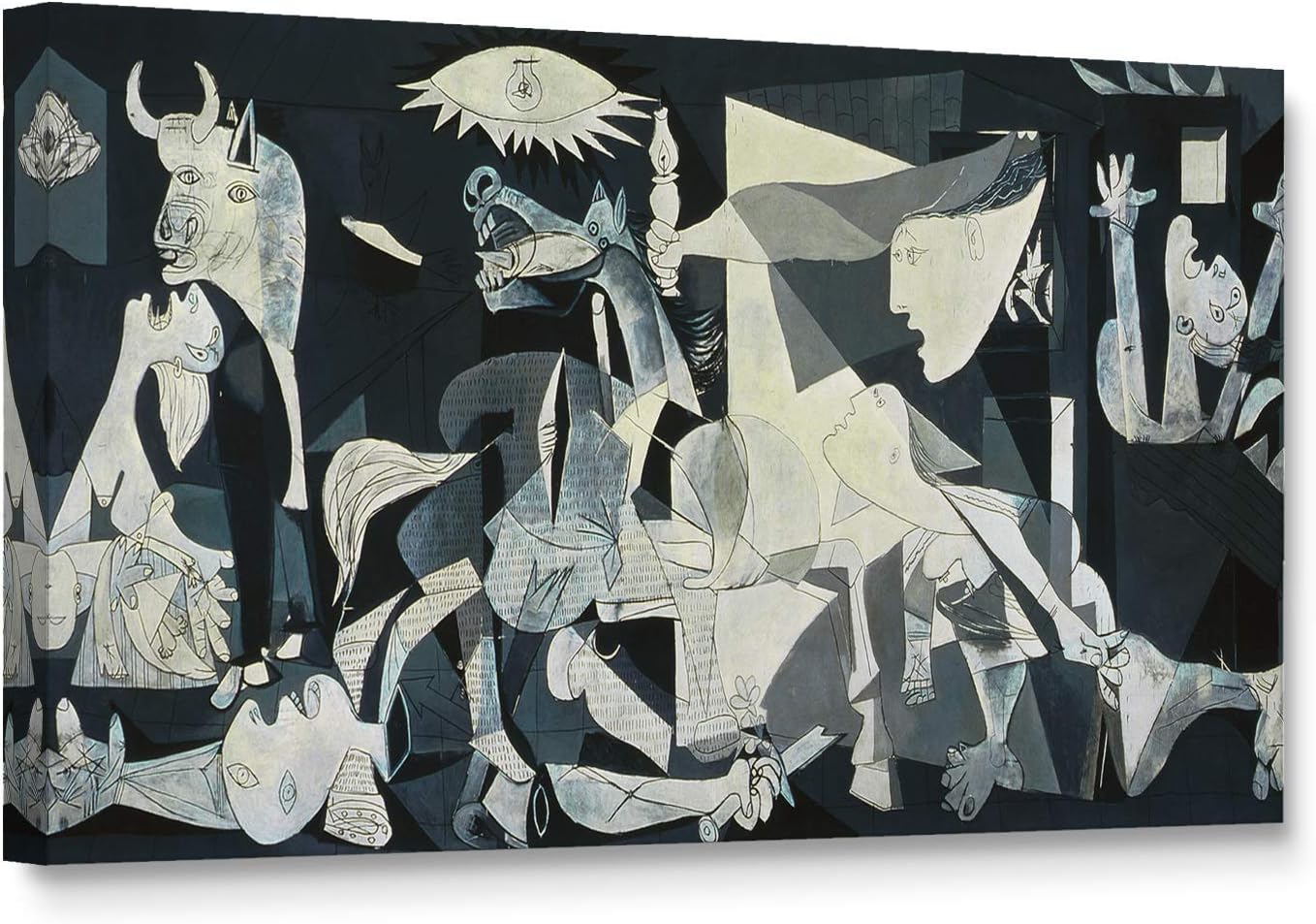
| Artist | Period | Notable Work | Artistic Significance |
|---|---|---|---|
| Modern Artists | |||
| Pablo Picasso | 1881-1973 | “Guernica” | Revolutionized perspective through Cubism, capturing the emotional trauma of war through fragmented forms |
| Wassily Kandinsky | 1866-1944 | “Composition VII” | Pioneered abstract art, exploring the spiritual and emotional power of pure color and form |
| Salvador Dalí | 1904-1989 | “The Persistence of Memory” | Surrealist master who explored the subconscious mind through bizarre, dream-like imagery |
| Contemporary Artists | |||
| Ai Weiwei | 1957-Present | “Sunflower Seeds” | Blends art with political activism, challenging social and political norms through large-scale installations |
| Yayoi Kusama | 1929-Present | “Infinity Mirror Rooms” | Creates immersive, psychedelic experiences that explore infinity, repetition, and personal perception |
| Banksy | 1974-Present | “Girl with Balloon” | Anonymous street artist using provocative public art to critique social and political issues |
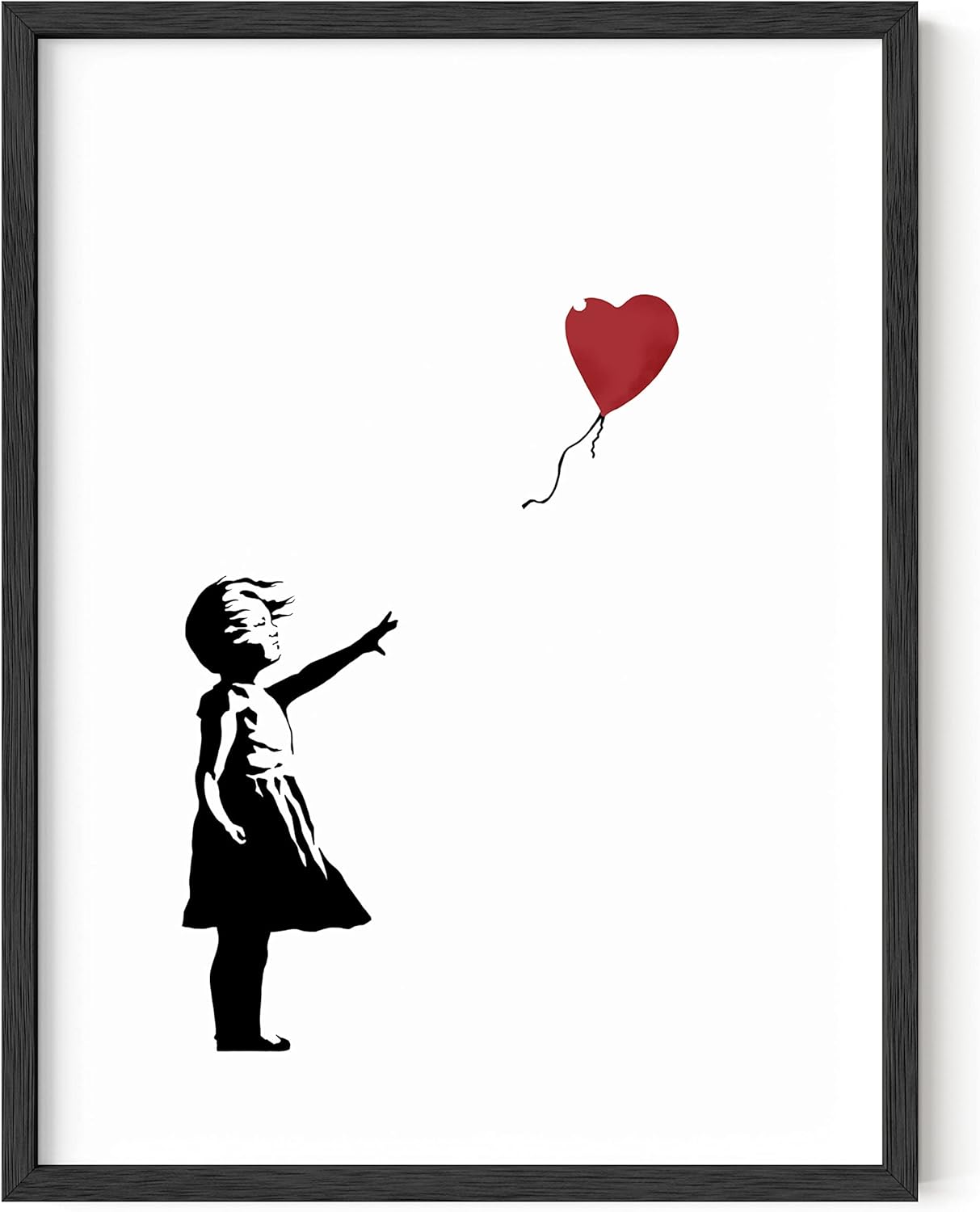
The Big Question: What Truly Makes Art, Art?
Modern vs contemporary art isn’t just about styles or time periods. It’s about how artists challenge us to see the world differently. Modern artists began breaking the rules, and contemporary artists took those broken pieces and created entirely new ways of thinking about creativity.
Your Artistic Exploration Begins
Understanding the difference between modern and contemporary art is like getting a secret map to human creativity. It’s not about being an expert – it’s about staying curious, asking questions, and being open to having your perspective totally transformed.
Art isn’t something you just look at. It’s a conversation, an experience, a window into how we understand ourselves and our world.
Want to explore more about modern vs contemporary art? Check out more insights at ProminentPainting.com/art-movements

